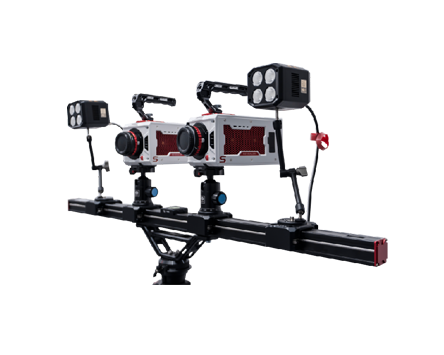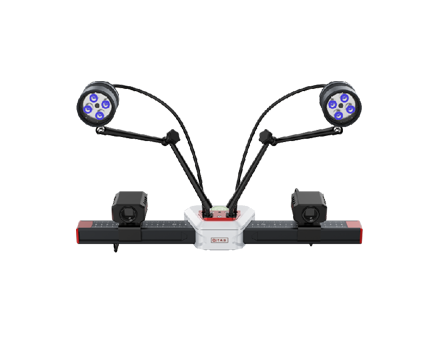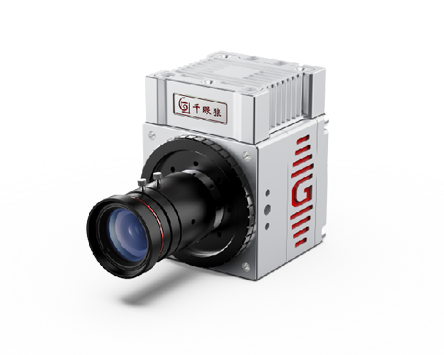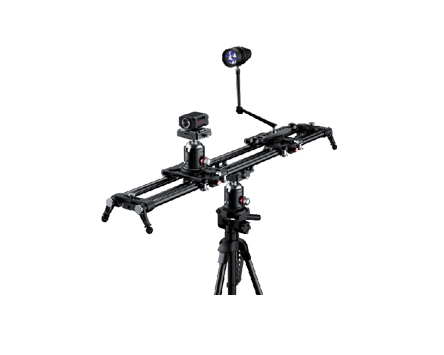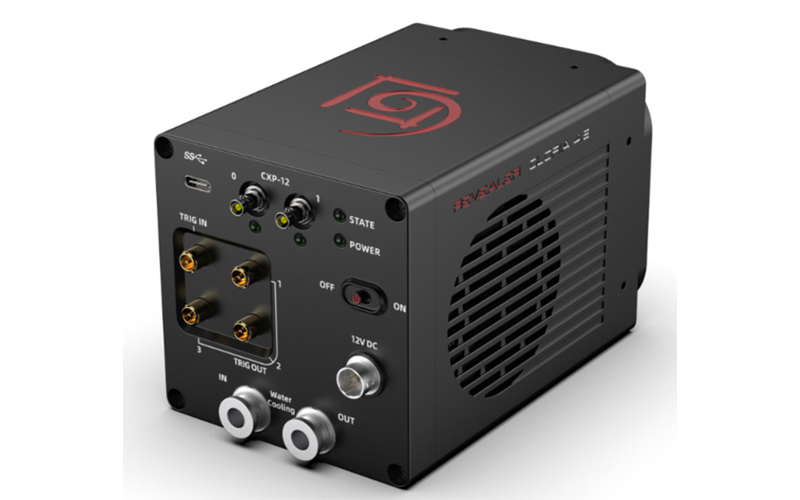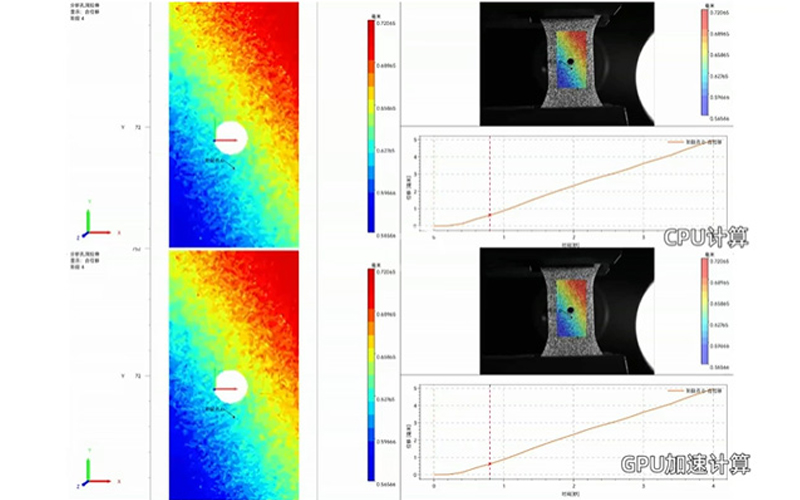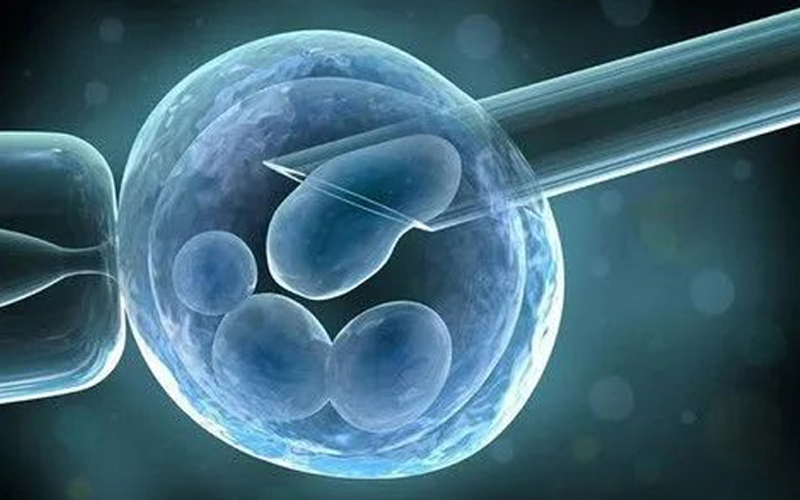
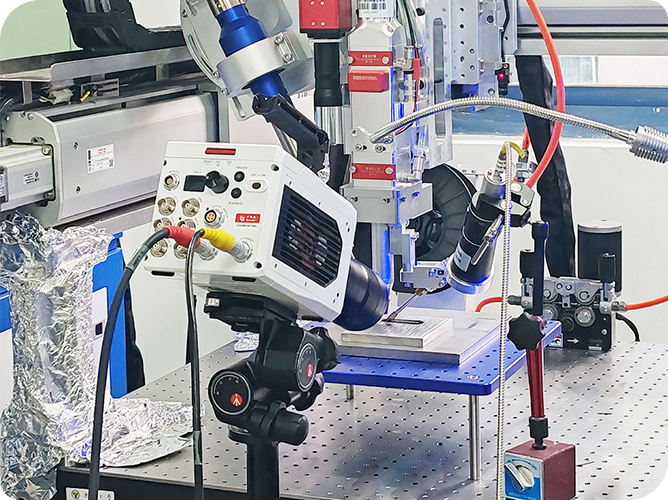
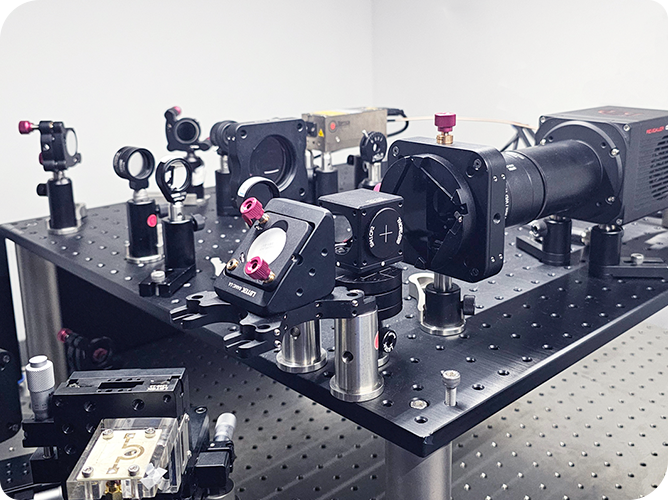
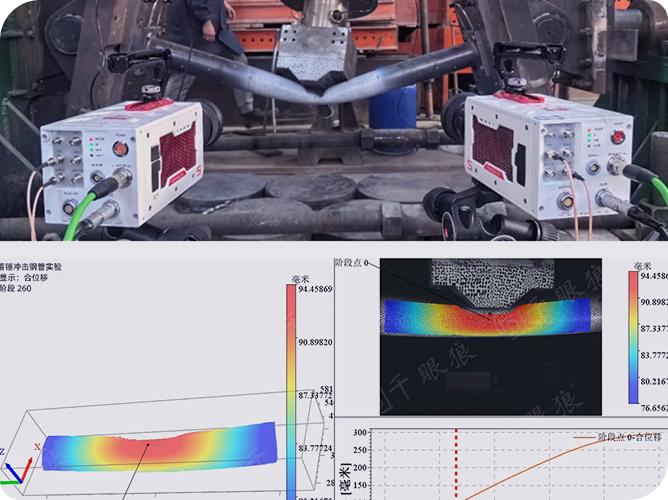
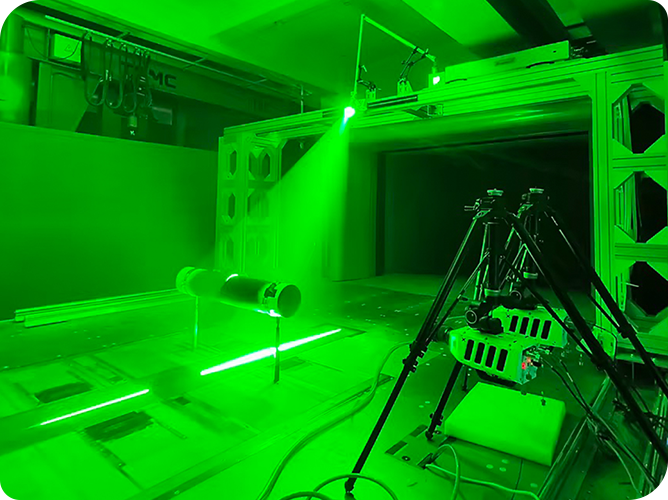
Composition of PIV particle image velocimetry system
The PIV particle image velocimetry system mainly includes the following key parts:
Light source system:
Laser transmitter: used to generate laser beam to irradiate the tracer particles in the fluid.
Optical system: including lenses, mirrors, etc., used to guide the laser beam and project the tracer particles onto the high-speed camera.
Image capture system:
High-speed camera: captures the motion of tracer particles with a high frame rate to provide better temporal resolution.
Lens: used for focusing and imaging, ensuring image clarity and spatial resolution.
Image analysis system:
Image processing software: Analyze image data and determine the movement of tracer particles by comparing images at different time points, thereby calculating the velocity field of the fluid.
Cross-correlation method: An effective method to improve the accuracy of PIV, which estimates the velocity of particles by comparing the image differences at different time points.
Tracer particles:
Selection and optimization: The tracer particles need to have good followability to facilitate accurate identification and tracking from the image.
Other auxiliary equipment:
Fluorescence microscopy device: used for micro-scale flow measurements.
Focus plane control: Improve laser injection and illumination methods.
Working principle of PIV particle image velocimetry system
The working principle of the PIV particle image velocimetry system is as follows:
Tracer Particle Spreading: Spreading tracer particles in the flow field.
Laser sheet light source illumination: Use a laser sheet light source to illuminate the plane to be measured in the flow field.
Image acquisition: The image of the tracer particles in the illuminated plane is acquired by a high-speed camera.
Image processing: Process the image, identify the tracer particles, and calculate their trajectory.
Data analysis: obtain information such as the velocity field and vortex field of the fluid.
Application fields of PIV particle image velocimetry system
PIV particle image velocimetry systems are widely used in many fields:
Fluid Mechanics Research:
Turbulence and Eddies: Study of complex flow structures.
Aircraft and automotive engineering: optimization design and performance evaluation.
Medical Research:
Bioflow: Study of blood flow and other biofluid phenomena.
Microfluidic Devices: Detailed characterization and optimization of microfluidic devices.
Engineering Application:
Energy and power: Improving the efficiency of energy equipment.
Large shaking table model test: study the development of slope deformation under earthquake action.
Multiphase flow studies:
Gas-liquid two-phase flow: improve aeration efficiency.
Gas-solid multiphase flow: Study the characteristics of gas-solid two-phase flow in a circulating fluidized bed.
Ultrasonic and hypersonic flow field measurement:
Special considerations: There are special requirements for the selection of PIV particles, particle characteristics and delivery methods.
Development Trend of PIV Particle Image Velocimetry System
PIV particle image velocimetry systems are constantly evolving and improving: Micro-PIV technology:
Combined with optical microscopy technology: It can perform measurements in microscale flows, breaking through the limitations of traditional measurement methods.
Volumetric PIV (Volumetric PIV) technology:
Three-dimensional velocity field measurement: Ability to measure the three-dimensional velocity field within a volume, providing new tools for studying complex flow phenomena.
Miniaturized PIV system:
Closed Cavity and Confined Space Measurements: Development of miniaturized PIV systems capable of measuring in confined spaces and installation on plate models and vehicles.
